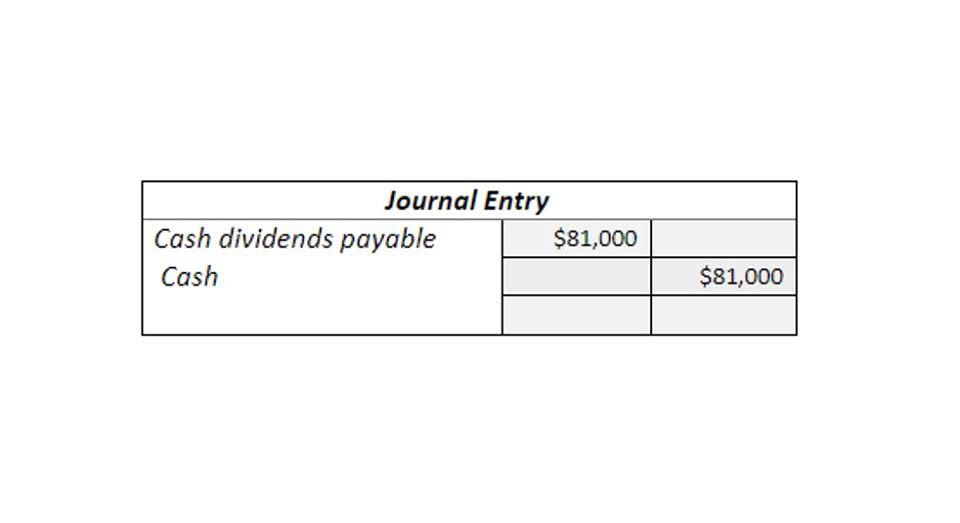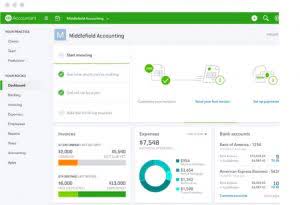
They’re found in the balance sheet under equity and show financial health and reinvestment capacity. The statement of retained earnings provides a succinct reporting of these changes in retained earnings from one period to the next. In essence, the statement is nothing more than a reconciliation or “bird’s-eye view” of the bridge between the retained earnings amounts appearing on two successive balance sheets. This equation accounts for the flow of earnings into and out of the company. Retained earnings will decrease if the company is loss making or pays dividends. Management uses this statement to make informed decisions on profit reinvestment, dividend policies, and overall financial strategy.
What type of account is retained earnings?
You’ll learn to better understand and use retained earnings in your small business. Companies that are nearing maturity sometimes have a surplus of cash on hand and may prefer to distribute it to shareholders rather than invest it in high-return ventures. Shares of stock or cash are two common ways that dividends are paid out. During the growth phase of the business, the management may be seeking new strategic partnerships that will increase the company’s dominance and control in the market. The surplus can be distributed to the company’s shareholders according to the income statement number of shares they own in the company. A company may also use the retained earnings to finance a new product launch to increase the company’s list of product offerings.

Beginning Balance
This is because the interest payment would have been a negative factor. Companies that are profitable are able to create value efficiently because they are able to use their retained earnings to fund initiatives. Be advised that the value creation computation provided above is limited to the usage of retained earnings and does not reflect the company’s total value creation. Conversely, when a business has a surplus of income, some of its long-time shareholders may anticipate receiving dividend payments on a regular basis as compensation for their investment. Investors seeking quick profits could also choose dividend payments that provide immediate benefits.
- This is especially true if it’s your first time calculating retained earnings.
- This is not an offer to, or implied offer, or a solicitation to, buy or sell any securities.
- Imagine a reservoir of funds, steadily growing with each fiscal period, held back by a company for future investment, debt reduction, or as a cushion against unforeseen financial challenges.
- For an example, let’s look at a hypothetical hair product company that makes $15 million in sales revenue.
- But while the first scenario is a cause for concern, a negative balance could also result from an aggressive dividend payout, such as a dividend recapitalization in a leveraged buyout (LBO).
- A well-managed balance of retained earnings can indicate financial stability, signaling to stakeholders the company’s prudent approach toward profit reinvestment and dividend allocation.
Revenue vs. net profit vs. retained earnings
Within a company, these numbers illustrate management’s prowess in using profits effectively and deciding on dividend distributions. And when it comes to crunch time for fundraising, loans, or investor negotiations, the statement of retained earnings can prove to be an invaluable testament of the company’s ability to pay its own way. While net income measures a company’s earnings for a single period, retained earnings show the accumulation of profits over time. Comparing net income vs retained earnings can be confusing at first because they have similar benefits. Though they are separate terms that shouldn’t be confused, they do work in tandem. All businesses use net income to assess the bottom line or profitability of their company.

Retained earnings are made up of net income (the profit the company has made) minus dividends (the Budgeting for Nonprofits portion of profits paid out to shareholders). It grows over time when the company makes a profit and doesn’t pay all of it out as dividends, but it can shrink if the company has a loss or pays out more in dividends than it earned. The RE balance may not always be a positive number, as it may reflect that the current period’s net loss is greater than that of the RE beginning balance. Alternatively, a large distribution of dividends that exceed the retained earnings balance can cause it to go negative. It can reinvest this money into the business for expansion, operating expenses, research and development, acquisitions, launching new products, and more.

Why is the Statement of Retained Earnings important in financial reporting?
Retained earnings represent the portion of the cumulative profit of a company that the business can keep or save for later use. In general, retained earnings will be greater for industries or firms that rely heavily on capital or are experiencing growth than for organizations in less capital-intensive or stable industries. As an example, because different industries place different amounts of emphasis on developing new products, a computer company may have different asset development demands than a T-shirt maker. The firm paid out retained earnings statement a total of $3.38 per share in dividends over the same time, while EPS was $13.61.

Walking Through the Retained Earnings Calculation
It’s not unusual for your net income to be higher than your retained earnings after paying out dividends. This is especially true if it’s your first time calculating retained earnings. However, in a situation where you have not paid dividends, your retained earnings can appear to be higher. Earnings per Share (EPS) is a metric that calculates the profitability of a company or the value of a stock per share. To calculate EPS, you need to know your net income, common stock, preferred stock and preferred dividends, and outstanding shares. You can learn more about FreshBooks by visiting their official website.
